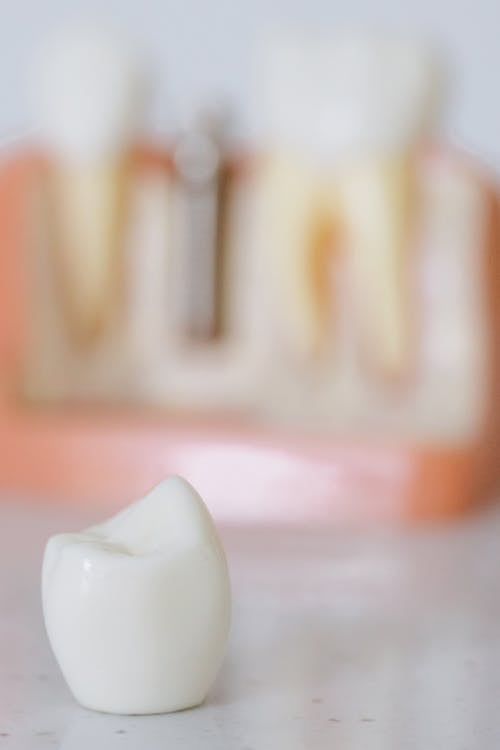The Evolution and Benefits of Dental Implant Materials
Dental implant materials have undergone significant advancements, leading to enhanced patient outcomes and satisfaction. From titanium to biocompatible ceramics, each material offers unique benefits. This article explores the evolution of these materials, their pros and cons, and what future innovations may hold for dental implants.
The Advancements in Dental Implant Materials
Over the years, the dental industry has seen remarkable advancements in dental implant materials. Traditionally dominated by titanium, the material options now include various alloys and ceramics that have been developed to meet the unique needs of patients. Titanium has long been preferred due to its excellent biocompatibility and mechanical properties, making it a staple in dental implantology. However, the introduction of zirconia has brought about new possibilities. Zirconia is not only aesthetically pleasing but also has significant strength and can support the integration process just as effectively as titanium. Analyzing these developments reveals how dental implant materials have transformed, providing dentists with diverse tools to ensure optimal patient care.
Why Material Selection Matters
The choice of dental implant materials is pivotal for several reasons, primarily concerning patient outcomes and overall satisfaction. For instance, titanium implants encourage osseointegration, which is crucial for long-term success. On the other hand, materials like zirconia have been shown to reduce the risk of peri-implantitis due to their non-corrosive properties. There's also the aspect of patient preference; many individuals gravitate towards the aesthetic nature of ceramic implants that blend seamlessly with natural teeth. Consequently, understanding the complex interplay between different dental implant materials and their specific applications has become essential in modern dentistry.
Performance and Longevity of Various Materials
When considering dental implant materials, performance over time is a significant factor. Studies indicate that titanium implants have a high success rate, often exceeding 95% after ten years of placement. However, the mechanical properties of different materials may affect their longevity and how they respond under stress. Modern research into composite materials indicates that they can offer a balance between aesthetic appeal and durability, although long-term data remains limited. Surgeons and patients alike must weigh mechanical performance against cosmetic desires when selecting dental implant materials, emphasizing the need for thorough pre-operative consultations and discussions.
Emerging Trends in Dental Implant Technologies
Dental implant technologies are continuously evolving, reflecting broader trends in healthcare and material science. The advent of 3D printing has revolutionized the production of dental implants, allowing for customization and precision fitting that was previously unattainable. This innovation supports the use of varied dental implant materials tailored specifically to individual patient anatomy, thereby minimizing surgical complications and improving overall success rates. Additionally, advancements in coating technologies are enhancing the surface properties of dental implants, significantly augmenting osseointegration rates. These emerging trends promise to redefine standards in implantology.
Patient-Centric Considerations in Material Choice
The decision regarding dental implant materials extends beyond clinical considerations to encompass a patient-centric approach. The psychological and emotional aspects of receiving implants often determine whether individuals feel confident in their decision. Therefore, educating patients on available options for dental implant materials is essential. Dentists must balance technical explanations with accessible information, empowering patients to make informed choices. Open dialogues about the benefits and risks associated with each material not only enhance trust but also improve outcomes by ensuring patients' preferences are respected.
A Final Thought on the Future of Dental Implant Materials
As we look to the future, the realm of dental implant materials is poised for continued innovation driven by research and technological advancements. Concepts like bioactive materials that promote healing without the need for additional surgeries are on the horizon. The focus on sustainability is also fostering discussions about biodegradable implants. The landscape will continually evolve as practitioners strive to enhance patient experiences and outcomes, solidifying the importance of dental implant materials in modern dentistry.
